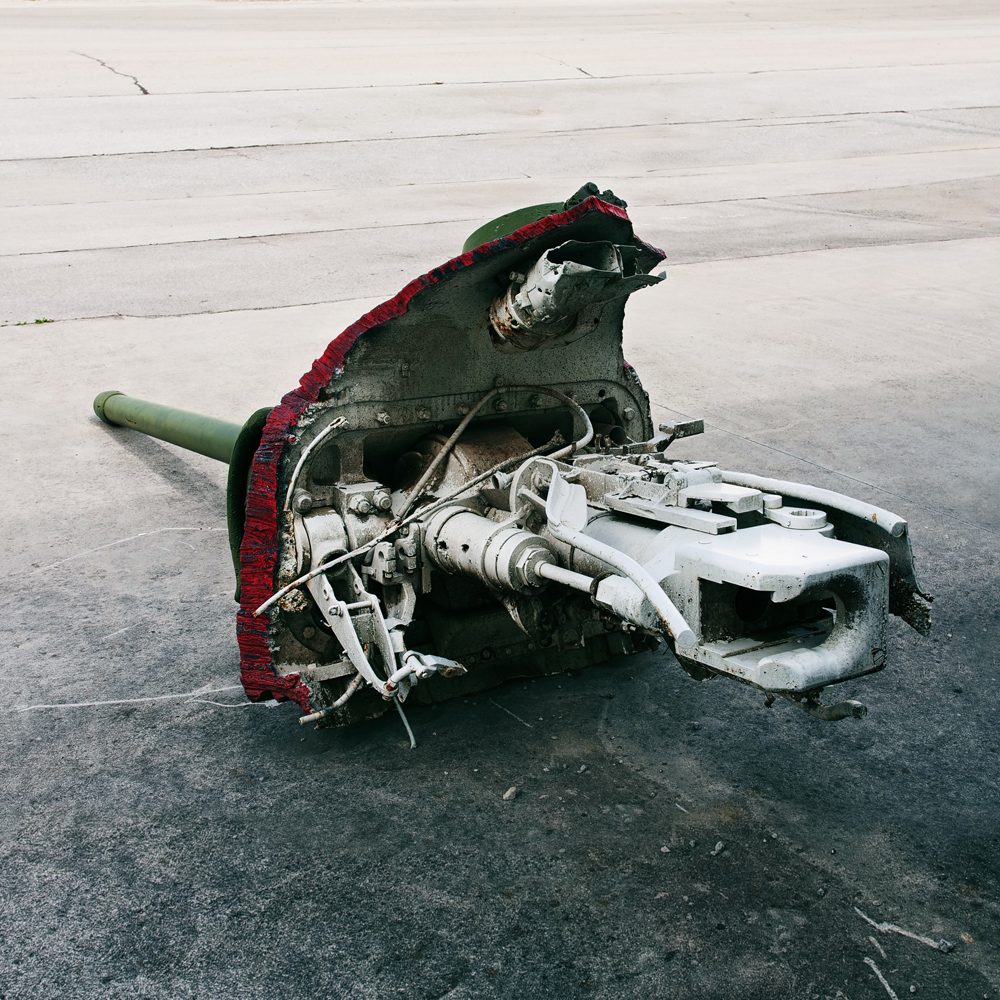Type: Heavy Tank
Nation: Germany
Period: World War 1
Location: The Tank Museum, Bovington, UK

The first tank battle
The A7V was deployed for the first time on 21 March 1918 at the Canal de Saint-Quentin in Northern France. The first tank-on-tank engagement in history would take place only a month later. On 24 April three German A7Vs encountered a British Mark IV Male and two Mark IV Females near the town of Villers-Bretonneux. The female tanks – armed with machine guns only – had to fall back, while the male tank managed to knock out the leading German vehicle with three rounds out of its six-pounder guns. The German crew quickly abandoned the tank and withdrew together with their accompanying forces. However, during the continuation of the British attack, which also included some of the new Medium Mark A Whippet light tanks, the victorious Mark IV eventually lost a track and had to be abandoned, while the damaged A7V’s crew would later be able to recover their tank.
Two football teams in one iron coffin
The 32-ton A7V was by no means a small vehicle, but the number of crew members was disproportionately large. The commander and driver were located above the two centrally mounted engines, the main gun was manned by three people and each of the six machine guns by another two. Two mechanics kept the engines running and a “Taubenwart” took care of the messenger pigeons. As the stressed out birds would often sit apathetically on top of the tank instead of flying off, the Taubenwart was provided with a long stick to shoo them away. Also on board were one or two runners and sometimes even a small infantry detachment. It was not uncommon to have more than twenty men crammed into this tight metal box with a ceiling so low that they weren’t able to stand up. Like on the British Mark IV, the fume-exuding petrol engines were mounted openly in the fighting compartment. Although the slitted plates on the hull roof offered some ventilation, conditions for the crew were nonetheless appalling. But unlike the British machines, at least the A7V had some degree of suspension and with 12 to 16 kilometres per hour on even surfaces it was about twice as fast. And while the Mark IV’s armour was only 14 mm thick, the A7V’s 30 mm frontal plate offered much better protection.
German over-engineering
The A7V’s commander and driver were seated on swivelling chairs which allowed them to operate their vehicle either forwards or backwards in the exact same way. The output of the two 100 hp Daimler four-cylinder petrol engines was running into a very sophisticated gearbox which offered the same three gears in both directions. Very much ahead of its time was the A7V’s internal communication system: The commander controlled an array of signal buttons connected to two electric lights labelled “Achtung” and “Feuer” at every gun station in the vehicle. And for the main gun he even had a mechanical indicator to provide the general direction in which to engage a target. The British Mark V, which was introduced at roughly the same time, only had a much simpler mechanical indication system – but while the Germans bothered with expensive details like this, the British were able to produce tanks on a large scale which actually contributed to winning the war to some extent.
Replica or running mock-up?
This replica vehicle was built in 2009 by Bob Grundy at the British Military Vehicles company and it was purchased by The Tank Museum in 2012. It is in running condition, but it neither has the original engines nor the correct controls. The driver has to sit in the back, where a screen that is connected to a camera allows him or her to see where the tank is going. The original “Schnuck” was captured at Frémicourt, France in September 1918 by New Zealand troops. After the war the vehicle was on display at the Imperial War Museum in London until it was eventually scrapped in 1922. Its 57 mm gun can still be seen at the Imperial War Museum North in Manchester, UK.

One response to “Sturmpanzerwagen A7V (Replica)”
[…] A prototype was ready by January 1917, but it took until October for the first production A7V to leave the Daimler-Motoren-Gesellschaft factory in Berlin-Marienfelde. Only 20 of these carefully […]
LikeLike